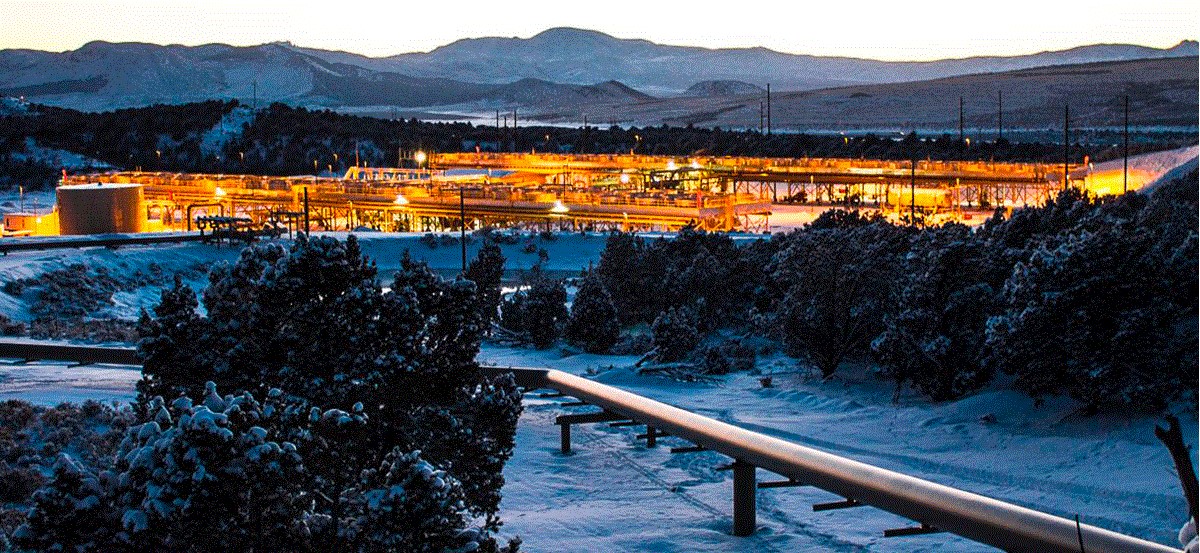Blog Post
Insight: Big Oil and the Future of Energy
By: Thomas Holst
Note: The opinions expressed are those of the author alone and do not reflect an institutional position of the Gardner Institute. We hope the opinions shared contribute to the marketplace of ideas and help people as they formulate their own INFORMED DECISIONS™.
Jan 29, 2021 – The global pandemic has challenged all sectors of the economy. Pandemic-induced shocks to the energy sector buffeted U.S. oil & gas companies once considered the bedrock of the economy.
The Dow Jones Industrial (DJI) index dropped ExxonMobil after nearly a century of membership. Contributing factors include ExxonMobil’s precipitous 70% drop in market capitalization over the last decade. Chevron is the only oil and gas company remaining in the DJI index.
ExxonMobil’s board of directors resisted advice from BlackRock and New York state pension funds calling for the current ExxonMobil chief executive to step aside so the company may reinvent itself for a climate-friendlier era. While oil and gas companies’ steady dividend distributions kept them in fund managers’ portfolios, an investment community transformation is underway.
Environment, social, and governance investors demand oil and gas companies reinvent themselves. BlackRock, the world’s largest asset manager with $8 trillion in assets, announced plans to exit investments with high sustainability risks. In addition, the U.S. energy sector has not helped itself by being the worst performer in four of the last six years in the Standard & Poor’s 500 index.
Is it possible for oil and gas companies to reinvent themselves? Yes. European companies British Petroleum, Total, and Shell all responded by shifting their energy portfolios away from carbon-intensive crude oil to cleaner-burning natural gas, while increasing investments in wind and solar energy.
Another noteworthy European phenomenon has been the emergence of utility companies shifting away from fossil fuels to wind, solar, and geothermal. As an example, Italy’s Enel brought its renewable energy expertise to Cove Fort, Utah in 2013. Enel Green Power North America started operations at the world’s first integrated, commercial-scale geothermal-hydro power plant.
Figure 1: Enel Green Power’s Geothermal-Hydro Power Plant in Cove Fort
Photo: Enel Green Power
U.S. utility NextEra is the world’s largest generator of wind and solar electricity. NextEra grew on the back of declining costs of wind and solar farms as well as cheaper, hydraulically fractured natural gas feedstocks. Has NextEra attracted investment capital? NextEra’s market capitalization recently surpassed XOM’s, signaling a new face for the U.S. energy sector.
Thomas Holst is the senior energy analyst at the Kem C. Gardner Policy Institute.







